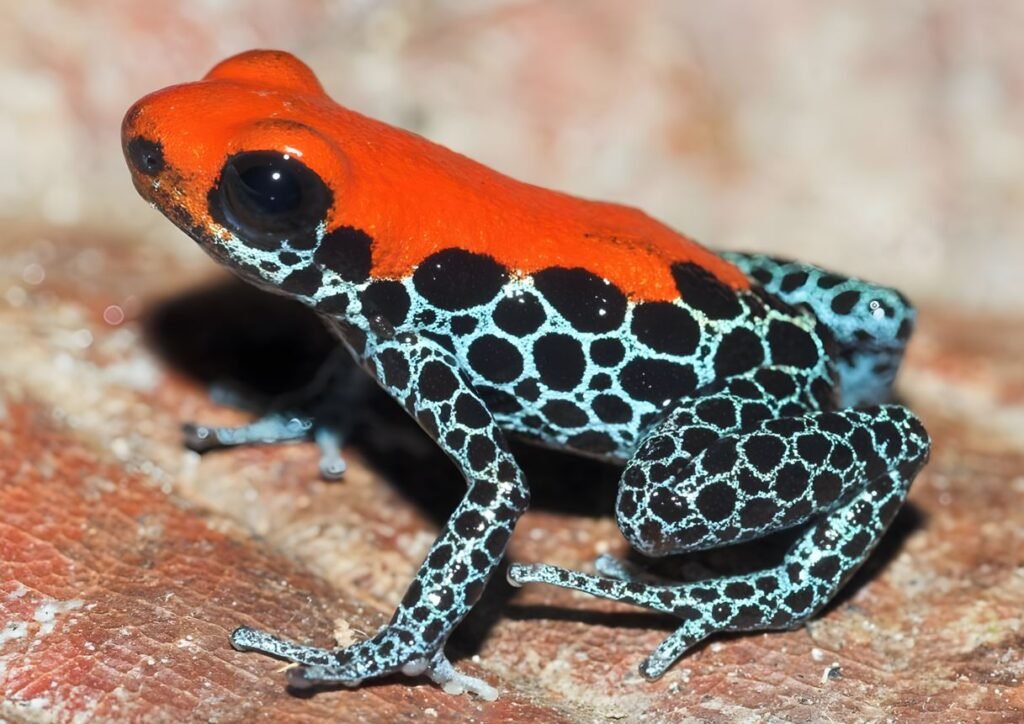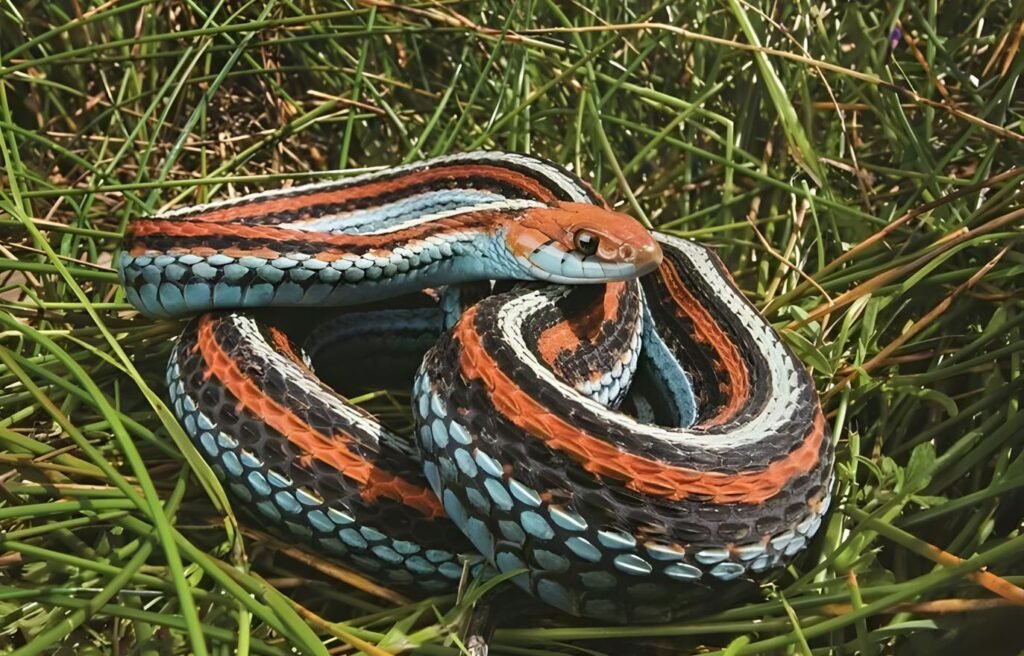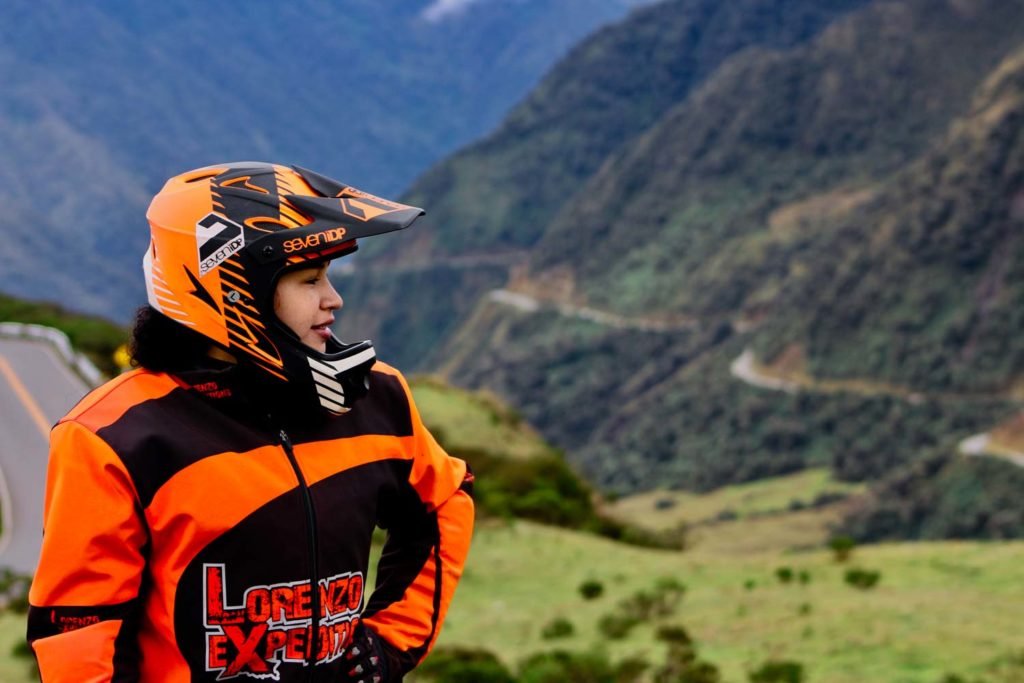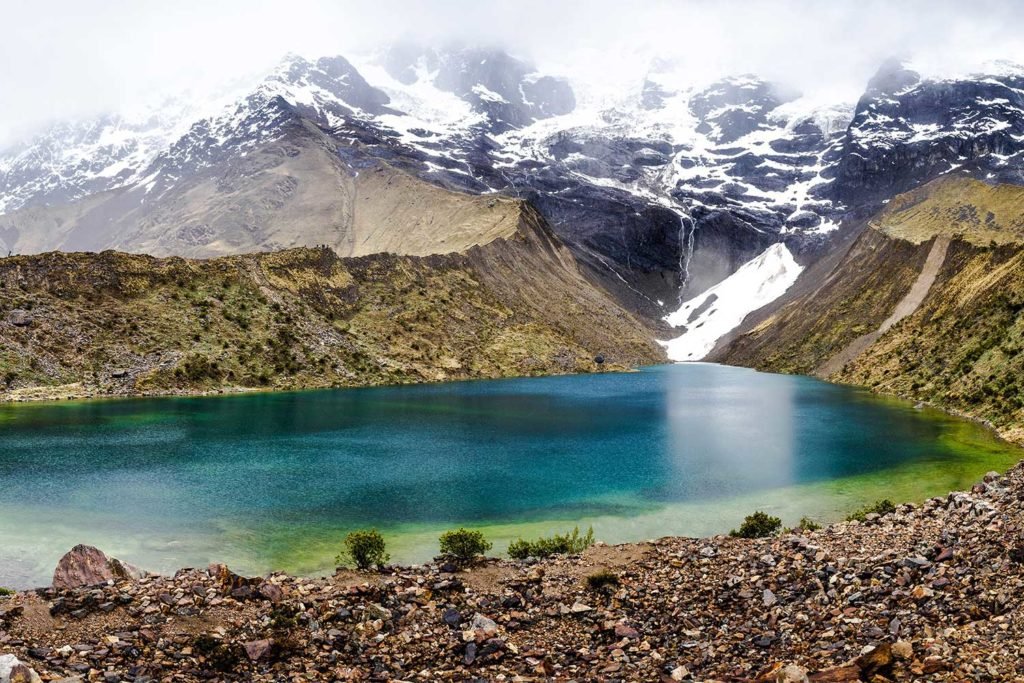Are you fascinated by reptiles and amphibians? Would you like to venture into the Peruvian jungle and uncover species unknown to science? This is the journey you’ve been waiting for! Join us on a unique scientific adventure, where we’ll explore the remarkable scientific herpetofauna of Peru—a destination unparalleled in biodiversity. Discover the rarest and most astonishing species that inhabit Peru’s ecosystems. Become part of a research experience that connects you to the purest and most awe-inspiring nature on the planet.
The Herpetofauna
The scientific herpetofauna of Peru encompasses an extraordinary variety of reptiles and amphibians that inhabit its diverse ecosystems. From vibrant poison frogs dazzling with their colors to imposing snakes and elusive lizards. These fascinating creatures captivate not only with their beauty but also with their critical roles in maintaining ecological balance. Each of these species is a vital component in the intricate natural systems of Peru, making it a true paradise for herpetology enthusiasts.

Why Peru?
Peru is globally renowned for its megadiverse biological richness, and its scientific herpetofauna is a clear example of this natural wealth. The vast Peruvian Amazon hosts an incredible variety of reptile and amphibian species, many of which remain undiscovered by science.
This biodiversity hotspot offers countless opportunities to explore and understand the species that thrive in its forests and jungles. Some of these species might even be entirely new to science.
Herpetology Research Methods
Research in herpetology is a fascinating and challenging field. During our tour, you’ll have the opportunity to delve into the fascinating world of Peru’s scientific herpetofauna and get an up-close look at some of the most advanced techniques scientists use to study these incredible reptiles and amphibians. This unique experience will help you uncover the methods that allow us to better understand these species and their roles in ecosystems.

- Field inventories: Through nighttime hikes, active searches, and pitfall traps, researchers record the presence of species and collect data on their abundance and distribution.
- Acoustic sampling: Many amphibian species are identified by their calls. Using recording devices and specialized software, we can analyze sound recordings to determine species diversity in a given area.
- Genetic analysis: Tissue samples collected from captured individuals are used for genetic analysis. These studies help identify species and investigate their evolutionary history and phylogenetic relationships.
- Telemetry: By using radio transmitters or GPS, we can track animal movements and gather information about their behavior and habitat use.
- Photo-identification: For certain species, photographs of natural markings are used to identify individuals and study their movement patterns.
How Can You Help Conserve Herpetofauna?
- Educate others: Share information about the importance of conserving reptiles and amphibians.
- Be a responsible tourist: Avoid disturbing animals and refrain from purchasing products made from protected species.
- Support conservation organizations: Donate to organizations working to protect habitats and endangered species.
- Participate in research projects: Collaborate with scientists in data collection and species identification.
Why Is Scientific Tourism Important?
- Promotes environmental awareness: By immersing travelers in unique and fragile ecosystems, scientific tourism raises awareness about the importance of conservation and biodiversity protection.
- Scientific outreach: Makes science accessible to a broader audience, demystifying complex concepts and sparking interest in research.
- Local development: Generates income for local communities, encouraging the conservation of natural resources and promoting sustainable practices.
- Collaboration in research projects: Tourists can actively participate in scientific projects, collecting data and contributing to the advancement of scientific knowledge.
- Enriching experience: Offers a unique and memorable travel experience, combining adventure, learning, and a connection with nature.
Specific Benefits of Scientific Tourism in Herpetofauna Contexts
- Conservation of endangered species: By raising awareness about the importance of reptiles and amphibians, scientific tourism supports the protection of threatened species.
- Population monitoring: Data collected by tourists helps scientists monitor herpetofauna populations and assess the impact of human activities on their habitats.
- Discovery of new species: In remote regions, scientific tourism can lead to the discovery of new species, including reptiles and amphibians yet to be identified.

During Our Tour, You Will:
- Explore diverse habitats: From cloud forests to Amazonian rivers, each ecosystem hosts unique fauna.
- Observe iconic species: Anacondas, caimans, giant turtles, and a wide variety of poison frogs are just a few of the species you may encounter.
- Learn about ecology: Our expert guides will teach you about the importance of herpetofauna in ecosystems and the challenges they face.
- Participate in scientific activities: Collaborate with our researchers in data collection and species identification.
Who Is This Tour For?
- Nature lovers: If you enjoy hiking, birdwatching, and wildlife photography, you’ll love this tour.
- Herpetofauna enthusiasts: If you’re passionate about reptiles and amphibians, this is your chance to get up close with some of the most fascinating species on the planet.
- Scientists: Ideal for those wanting to learn more about scientific research methods and contribute to a real-world project.
- Adventurers seeking a unique experience: If you’re looking for an unforgettable journey, this tour will take you to places few have ever visited.
Frequently Asked Questions

1. What level of experience do participants need to join this tour?
No prior wildlife observation experience is necessary. Our tours are designed for people of all levels, from beginners to experienced enthusiasts. Our expert guides will provide all the necessary information and accompany you every step of the way.
2. What type of accommodation do they offer during the tour?
We offer accommodation in comfortable lodges and camps located in the Peruvian jungle. These lodgings offer basic amenities and aim to provide you with an authentic experience in nature.
3. What is the best time of year for this tour?
The dry season, from May to October, is the best time to visit the Peruvian jungle. During these months, rainfall is less frequent, and visibility is better, making it easier to observe wildlife.
4. What do they do to ensure participants’ safety?
The safety of our travelers is our top priority. We have guides trained in first aid and jungle navigation, and all our tours include a first-aid kit. Additionally, we work closely with local communities to ensure a safe and environmentally responsible trip.
5. How can I book my spot on the tour?
To book your spot, you can fill out the contact form on our website. You can also reach us directly via email or phone (+51 984 851 385). We’ll provide all the necessary information regarding prices, departure dates, and booking conditions.

If you’re ready to explore Peru’s fascinating and diverse scientific herpetofauna, don’t hesitate to contact us! Join us on this unique adventure and contribute to the conservation of the reptile and amphibian species that inhabit this incredible country. Together, we can make a difference in protecting Peru’s biodiversity. If you’re looking for a unique experience and want to contribute to nature conservation, don’t hesitate to get in touch with us! At Lorenzo Expeditions, we are passionate about exploration and biodiversity conservation. Our expert guides will take you to the most remote corners of the Peruvian jungle, where you can observe the incredible variety of reptiles and amphibians up close. Embark on an unforgettable adventure and book your journey today.





